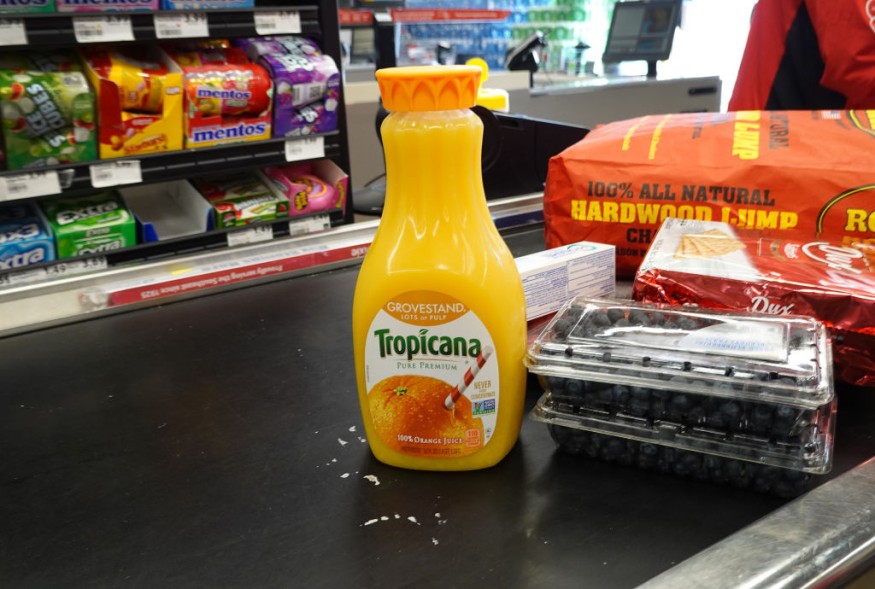SNAP Benefits: California Bill Could Boost Minimum Payments To $50

SNAP benefits emergency allotments for all recipients of the Supplemental Nutrition Assistance Program across the nation, with lawmakers deciding to scrap the additional $95 the beneficiaries were receiving.
Advocacy groups and lawmakers are looking for new ways to boost the SNAP benefits by increasing the program's monthly benefits, which New Mexico's lawmakers already imposed in 2021 for all recipients, according to The Hill.
Meanwhile, Maryland lawmakers enforced the same measure in their state for people over the age of 62.
The National Conference of State Legislatures noted that there have been at least 131 bills introduced in state legislatures across the country since the start of 2023, as of February 16.
In West Virginia, state lawmakers have introduced at least five SNAP-related bills since the current legislative session started in early January.
Some of those legislations include a measure that would enable SNAP to be used at farmers' markets.
Another included requiring the state to increase monthly SNAP benefits to be "at least equal to the federal emergency allotments" for pregnant people and families with children.
SNAP Benefits California
California lawmakers also introduced at least half a dozen SNAP-related bills. State Sen. Caroline Menjivar introduced a bill that would boost the minimum monthly payment to $50 for those in the state's SNAP program, which is the CalFresh, by January 2025.
The act will be called the California CalFresh Minimum Benefit Adequacy Act of 2023.
The act aims to establish the CalFresh MNB to provide additional state-funded CalFresh nutrition benefits to ensure that CalFresh households receive a minimum monthly benefit, according to the bill's legislative information.
In California, the SNAP benefits eligibility standard does not include any asset or resource limit for applicants. However, it has an eligibility requirement on both gross and net income.
CalFresh's gross income limit is 200% of the federal poverty level, as reported by AS USA.
The gross income limit for a household size of one is $2,266 per month, while the income limit for a household size of two is $3,052 per month.
If the household surpasses the gross income limit but has an elderly or disabled member, the household may be able to qualify if it meets the net income requirements.
SNAP Benefits Update
As many as 16 million American households have seen a sharp reduction in the size of their benefits.
The Food Research & Action Center said that participants will receive about $82 less in SNAP benefits on average, while some households will see reductions of $250 or more, as reported by NPR.
Some groups are also calling the marked decrease in SNAP benefits a "hunger cliff," with more than 80% of SNAP beneficiaries being working families, people with disabilities, or elderly people.
Linda Jones, the co-founder of a food distribution nonprofit based in Alabama, said that the end to the extra benefits will be a hardship for many on top of the rising costs of food.
This article is owned by Latin Post.
Written by: Mary Webber
WATCH: Millions continue to face inflated food costs as SNAP boost ends - from Good Morning America
Subscribe to Latin Post!
Sign up for our free newsletter for the Latest coverage!
© 2025 Latin Post. All rights reserved. Do not reproduce without permission.















